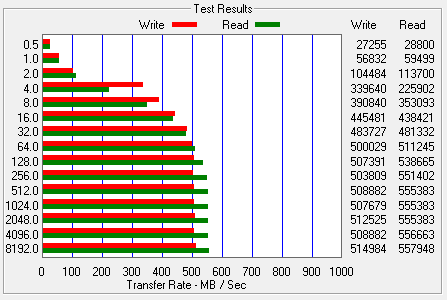HP Envy Ultrabook 6t-1000 Review
SiSoft SANDRA, ATTO, & Cinebench
![]()
SiSoft SANDRA
Synthetic General Performance Mertrics


SANDRA CPU Arithmetic and Multimedia Performance


SANDRA Memory and Physical Disk Performance
HP's use of fast DDR3 system memory also aids in overall performance, though the disk score is a little disappointing. This doesn't come as much of a surprise because the spindle speed is a rather pokey 5400 RPM, and if were to run this metric over and over again, the score would inevitable improve once the mSATA SSD realizes this is a frequently used program.
Out of all the Ultrabooks we've tested, the speedy SSD in the Asus Zenbook still stands as the fastest storage subsystem (in this category) to date. How does HP compare?

Asus Zenbook UX21

HP Envy Ultrabook 6t-1000
|
Maxon's Cinebench R11.5 benchmark is based on the company's Cinema 4D software used for 3D content creation and tests both the CPU and GPU in separate benchmark runs. On the CPU side, Cinebench renders a photorealistic 3D scene by tapping into up to 64 processing threads (CPU) to process more than 300,000 total polygons, while the GPU benchmark measures graphics performance by manipulating nearly 1 million polygons and huge amounts of textures.

The surprise of the day came during our Cinebench run, in which the HP system put up the highest OpenGL score. We had to double check to make sure HP didn't accidentally upgrade the graphics to a discrete GPU. This shows how far integrated graphics have come.






